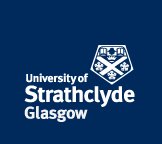
Images of Research 2017 Gallery
Click on the images to view a larger version and the abstract. You can also download the IoR 2017 brochure (pdf)

Click on the images to view a larger version and the abstract. You can also download the IoR 2017 brochure (pdf)